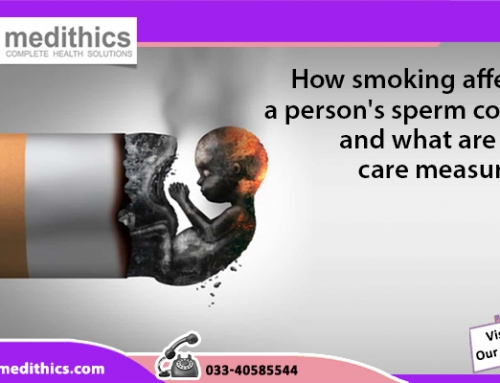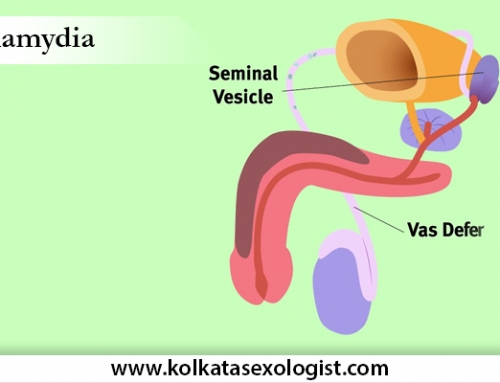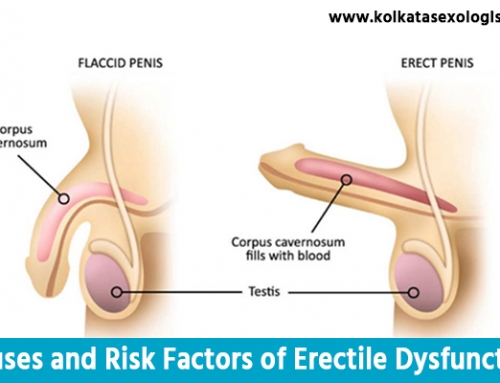- Distal, right under the tip of the penis
- Midshaft along the bottom of the penis shaft
- Penoscrotal, the point where the penis is attached to the scrotum, the sac of the skin holding the testicles
- Perineal on the perineum, the area of skin between the scrotum and anus
Symptoms
A sharp curve of the penis, either upward or downward, is the most visible symptom of chordee. From any position between the base of the penis near the testicles and the beginning of the glans, this curve can start.
On having hypospadias, your urine may splash or when you urinate, it may go in an unwanted direction. However, in all cases, this symptom doesn’t occur.
There are also other symptoms of chordee which include:
Rather than running along the shaft, the midline raphe that is located on the bottom of the penis shaft, circles around the penis tissue.
Around the urethra near the tip of the penis, the skin is extremely thin.
The skin of the scrotum is connected with the skin on the bottom of the penis and this creates an area of webbed skin.
Until he gets his first erection during puberty, a person may not notice that his penis is curved in mild cases of chordee.
It is important that a sexologist must be consulted if symptoms of chordee are found.
Causes
In the period of development of a fetus during pregnancy, if the growth of the penis suddenly stops, chordee can happen. It is found that around the 10th week of pregnancy, the tissues that eventually become the penis are normally curved. If it is found that the child is born with a curved penis, it means that the development of the tissues may have stopped around that time and remained curved.
The causes due to which the tissues stop growing are not confirmed by the doctors. A part of the reason may be genetics. While a child’s penis is inflamed, if circumcision is done, it can also cause chordee. The reason behind this is that the thick, healing scar tissue can pull the penis up or down, causing it to curve. Sometimes, chordee can also happen due to the abnormal development of scar tissue in or around the urethra (urinary tube). The exact cause for any particular case can be determined by a doctor doing sexual problems treatment.
Diagnosis
It may be possible for your doctor to diagnose chordee by looking for symptoms on the penis when your child is born. This is because chordee is congenital. There are also other diagnostic tests which are the following:
- A saline solution is used to make the penis of your child firm to see how much their penis curves. Your doctor will recommend surgery for chordee if it curves 30 degrees up or down.
- To check your child’s overall health, urine and blood tests are done.
To confirm the diagnosis and perform any necessary surgery, your doctor may refer you to a pediatric urologist.
Treatment
Before the surgery, the benefits and risks before the surgery will be discussed by your doctor. You will also be told whether your child needs to stop taking any medications.
By straightening your child’s penis and making sure that the urethral opening is at the tip of the penis, chordee is treated by your sexologist doctor. The following steps will be done by your surgeon to do this:
- To make sure your child stays asleep during the surgery, anesthesia is used.
- Any extra tissue that’s causing the penis to bend will be taken away.
- The tissue will be used to make the penis straight and it will make sure that it is the same length on all sides..
- The urethra will be extended to the tip of the penis where the tissue has been operated on.
- Any cuts will be closed and openings will be stitched.
- To check how straight the penis is after surgery, the penis will be filled with a saline solution.
- To keep the penis straight and protected, it will be wrapped in a surgical dressing.
- To the area of new penis tissue, the urethra will be moved.
- The hole where the urethral opening was before will be closed.
- For urine to pass through, a new hole will be created.
- Any cuts will be closed and openings will be stitched.
Until adulthood, if chordee is not diagnosed, an effective treatment can still be surgery. Additional surgery can be required by some men or old boys to achieve a final repair of chordee. Correction of severe hypospadias can be difficult in adult men and it may require multiple surgeries.




